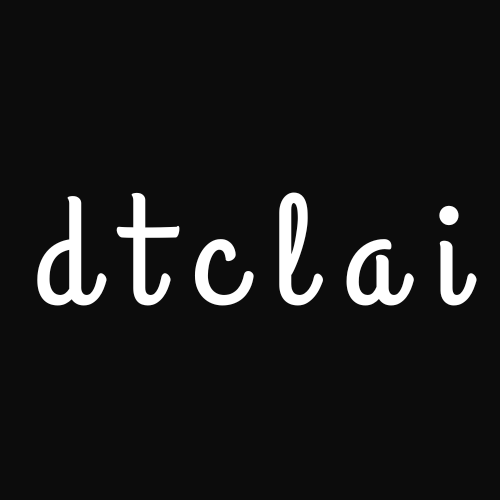
Digital Twins: Informing Decision Making in Wind Turbine Manufacturing and Operations
In the dynamic landscape of renewable energy, wind turbines stand as pillars of sustainable power generation. However, their complex nature and high capital investment necessitate sophisticated decision-making processes. Enter the digital twin, a virtual replica of a physical asset, offering a powerful tool for manufacturers and operators.
What is a Digital Twin?
A digital twin is a virtual representation of a physical object or system, created by integrating data from various sources, including sensors, simulations, and historical records. In the context of wind turbines, a digital twin is a virtual replica of a real-world turbine, capturing its design, operational parameters, and environmental conditions.
How Digital Twins Inform Decision Making
Digital twins empower wind turbine manufacturers and operators to make informed decisions at various stages of the turbine's lifecycle. Here are some key areas where digital twins play a crucial role:
1. Design and Development:
- Performance Optimization: Digital twins enable engineers to simulate and optimize turbine designs under different environmental conditions, ensuring optimal performance and energy output.
- Risk Mitigation: By identifying potential design flaws and structural weaknesses, digital twins help mitigate risks and improve the overall reliability of turbines.
2. Manufacturing and Assembly:
- Quality Control: Digital twins can be used to monitor manufacturing processes and ensure adherence to quality standards, minimizing defects and improving efficiency.
- Predictive Maintenance: By simulating wear and tear on turbine components, digital twins help predict maintenance needs, reducing downtime and optimizing maintenance schedules.
3. Operations and Maintenance:
- Real-time Monitoring: Digital twins provide real-time insights into turbine performance, enabling operators to identify anomalies and take corrective actions promptly.
- Remote Troubleshooting: By analyzing data from the digital twin, remote technicians can diagnose and troubleshoot issues, minimizing the need for on-site visits.
4. End-of-Life Management:
- Decommissioning Planning: Digital twins can help plan the decommissioning process, ensuring safe and efficient dismantling of turbines and proper disposal of materials.
- Reuse and Recycling: By understanding the condition of individual components, digital twins can facilitate the reuse and recycling of materials, promoting a circular economy.
Cost and Net Zero Targets
The use of digital twins in wind turbine manufacturing offers significant cost advantages. By optimizing design, reducing maintenance costs, and improving operational efficiency, digital twins contribute to lower overall costs. Additionally, by enabling predictive maintenance and reducing downtime, digital twins help maximize energy generation and contribute to achieving net-zero targets.
In conclusion, digital twins are transforming the wind turbine industry, offering a powerful tool for decision-making at every stage of the lifecycle. By harnessing the power of digital twins, manufacturers and operators can optimize performance, reduce costs, and contribute to a sustainable energy future.
